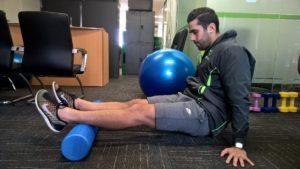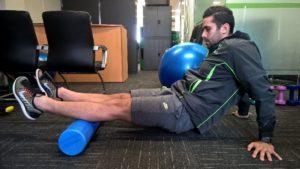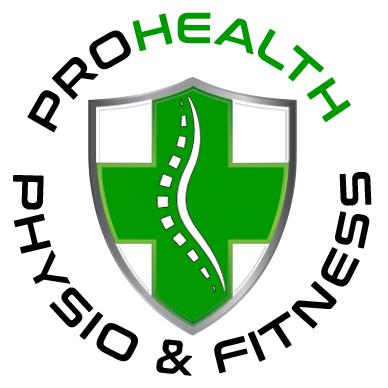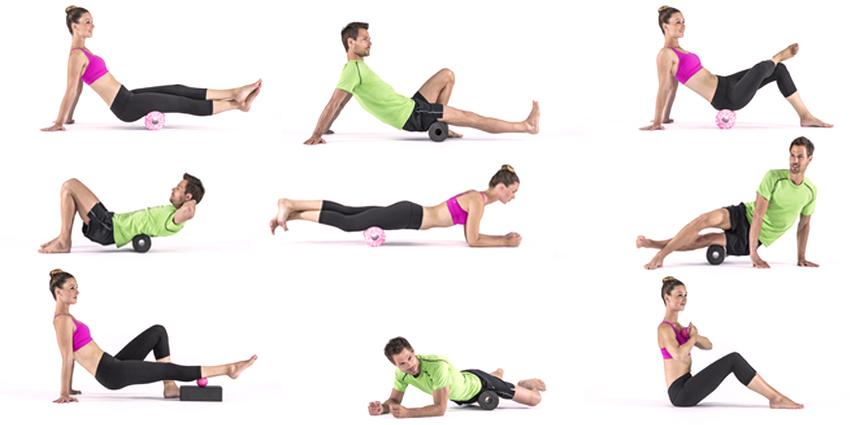Foam rolling is a type of myofascial release you can apply on yourself. As stated in our mid-season fatigue & injuries article, foam rolling can significantly increase joint range of motion. In doing so, this could also promote blood flow, reduce tightness & tension within your muscles.
Foam rolling is a type of myofascial release you can apply on yourself. As stated in the mid-season fatigue & injuries article, it has been shown to significantly increase joint range of motion. In doing so, this could also promote blood flow and reduce tightness and tension within your muscles.
How to foam roll? A simple set of instructions would be to foam roll each body part for about 30-45 seconds, and slightly longer for regions of discomfort. Simply just place the foam roller on the floor and underneath the body part you wish to roll out. Place your weight on the roller, any area you wish to roll, and shift your body along the muscle.
An example for a hamstring roll would be to place your bottom on the roller, roll towards your knees and roll back towards your bottom.
Key Benefits of Foam Rolling
- Relieves muscle soreness and tightness: Foam rolling helps ease post-workout pain and reduce inflammation
- Improves flexibility and range of motion: Regular use can increase joint mobility and support better movement patterns
- Boosts blood flow: Rolling stimulates circulation, which aids in muscle recovery and performance
- Speeds up recovery: Athletes and physical therapists use foam rolling to accelerate healing after strenuous activity
- Targets specific muscle groups: It’s more precise than general stretching, allowing you to focus on problem areas
- Promotes relaxation: Rolling can help release tension and calm the nervous system, especially when paired with deep breathing
- Empowers self-care: You don’t need a therapist—foam rolling is a DIY method for maintaining muscle health
When to Use Foam Rolling
- Before workouts: To warm up muscles and improve mobility
- After workouts: To reduce soreness and aid recovery
- During rest days: To maintain flexibility and prevent stiffness
Here are physiotherapist Michael’s favourite body rolls:
UPPER BACK ROLL
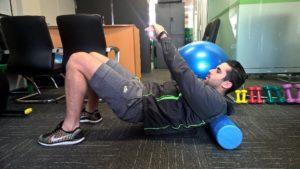

CALF ROLL
